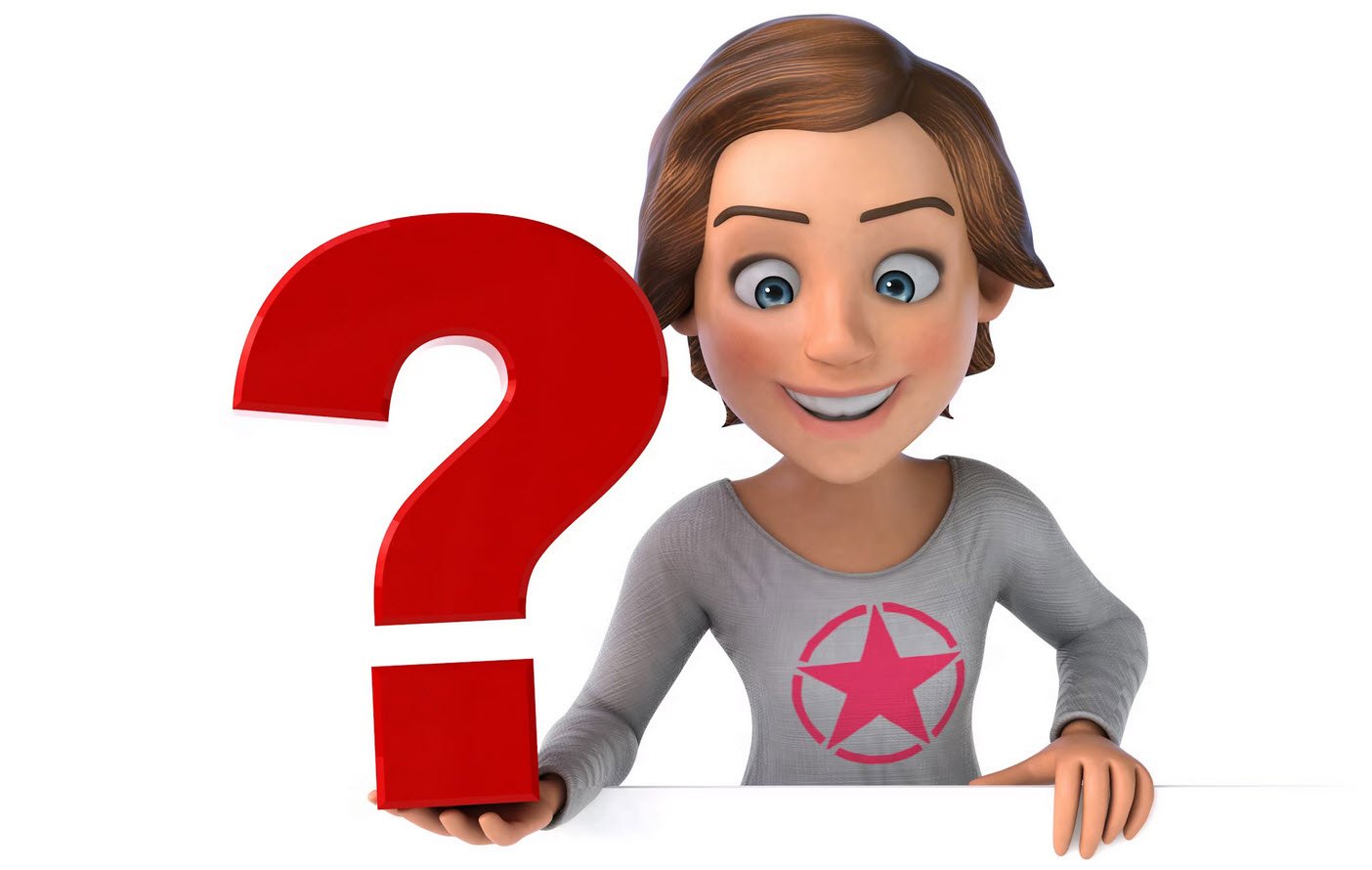
The human mind, a magnificent yet complex entity, often operates under the influence of cognitive biases that subtly mold our perception of the world. These biases, rooted in psychology, shape our thoughts, decisions, and reactions, sometimes leading us down paths of misunderstanding and misjudgment.
In this exploration, we delve into eight cognitive biases that play a significant role in constructing the lens through which we experience life.
- Projection
- Extrapolation
- Anchoring
- Negativity
- Conservatism
- Clustering Illusion
- Confirmation
- Choice-Supportive
1. Projection
The lens through which we perceive the world is inherently colored by our own preferences and consciousness. Projecting our internal narrative onto others, we overestimate the normalcy of our own thoughts and assume that others share our perspectives.
2. Extrapolation
Extrapolation occurs when we project our current circumstances onto our entire lives, influencing our beliefs about the permanence of happiness or the insurmountability of tragedies. This bias can lead to a skewed view of the future based on our present emotions.
3. Anchoring
Our susceptibility to the first piece of information we encounter, known as anchoring, molds our worldviews and influences our decisions. Whether negotiating or forming beliefs, the initial information we receive creates a reference point that guides our subsequent thoughts and actions.
4. Negativity
The human tendency to focus on negative events and news stems from our selective attention. Negativity bias, rooted in our perception of negative information as more profound and important, shapes what captures our attention, leading us to become enthralled by destruction and drama.
5. Conservatism
Linked to anchoring, conservatism is the reluctance to accept new information, even if it proves more accurate or useful. This bias causes individuals to cling to their original beliefs, hindering adaptability and growth.
6. Clustering Illusion
Clustering illusion is the mind’s inclination to perceive patterns in random events, driven by subconscious decisions. This bias explains phenomena like seeing a desired car everywhere or noticing a specific color in others’ attire, as our minds create patterns that may not objectively exist.
7. Confirmation
A widely recognized bias, confirmation occurs when we selectively seek and accept information that aligns with our preconceptions. This bias serves as a means of self-validation, reinforcing existing worldviews and insulating us from alternative perspectives.
8. Choice-Supportive
Choice-supportive bias influences how we remember and evaluate our past decisions. We tend to favorably remember the choices we made, even if they were not objectively beneficial, to maintain a positive self-image.
Conclusion:
Understanding these cognitive biases is a crucial step towards gaining greater awareness of our thought processes and decision-making. By acknowledging the impact of projection, extrapolation, anchoring, negativity bias, conservatism, clustering illusion, confirmation bias, and choice-supportive bias, we can strive to approach life with a more open and objective mindset, free from the subtle distortions imposed by these cognitive tendencies.
You may also like:- 10 High-ROI Activities to Accelerate Your Career and Live a Happier Life
- 22 Powerful Open-Ended Questions to Ask a Woman
- 10 Rules That Will Make You Dangerously Confident
- 10 Dangerous Signs of Weak Men
- 50 Masculine Truths 98% of Men Don’t Know
- 13 Fashion Tips To Make You More Appealing To Women
- 12 Things a Father Must Say and Teach to His Son
- 26 Signs You Might Be a Sigma Male
- 17 Psychological Tricks of a Bad Boy That Instantly Hypnotize Any Woman
- 15 Ways to Be the Best at What You Do








